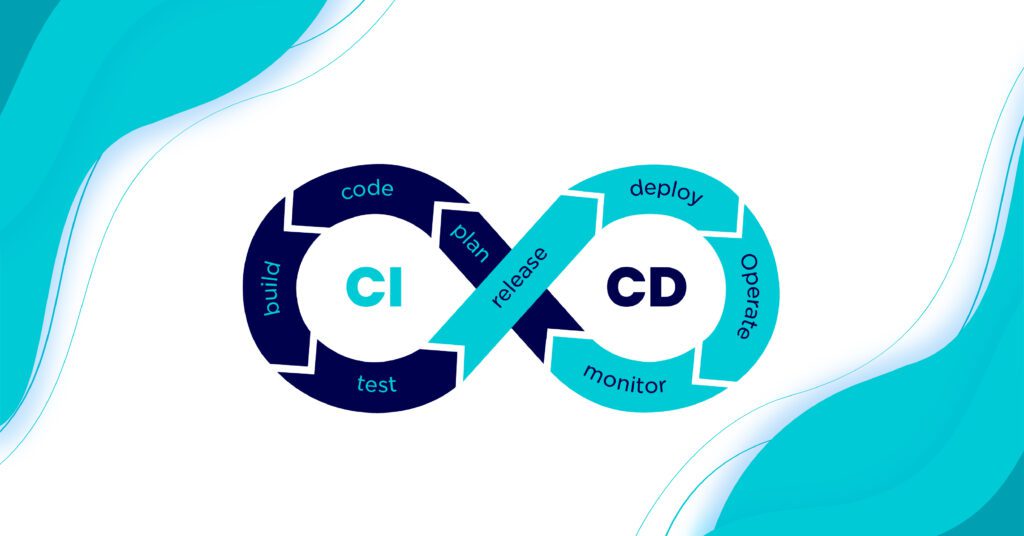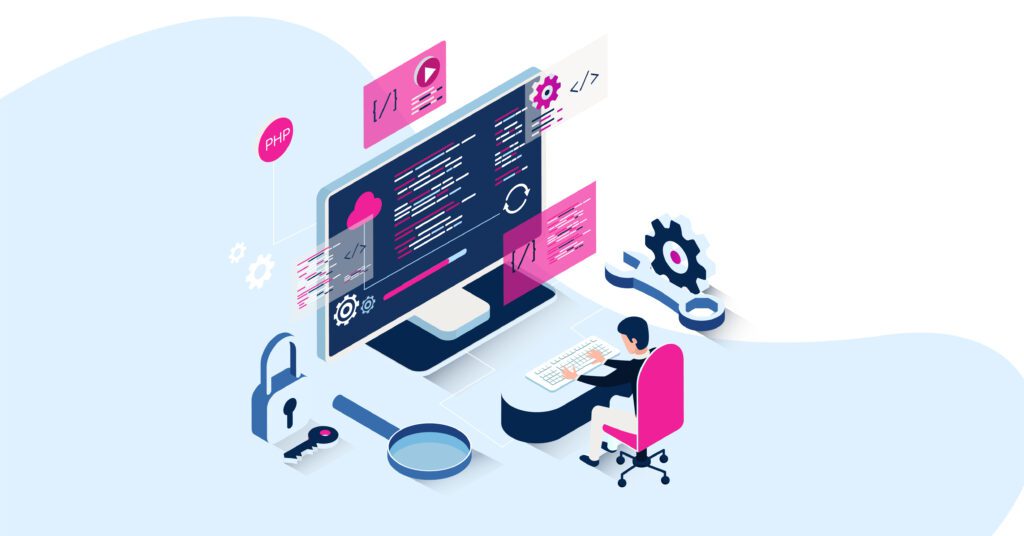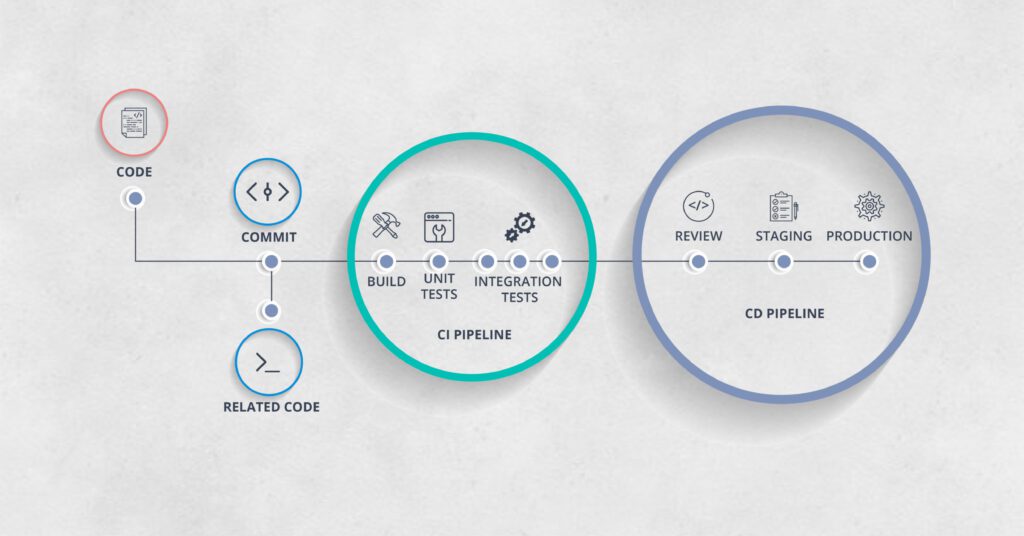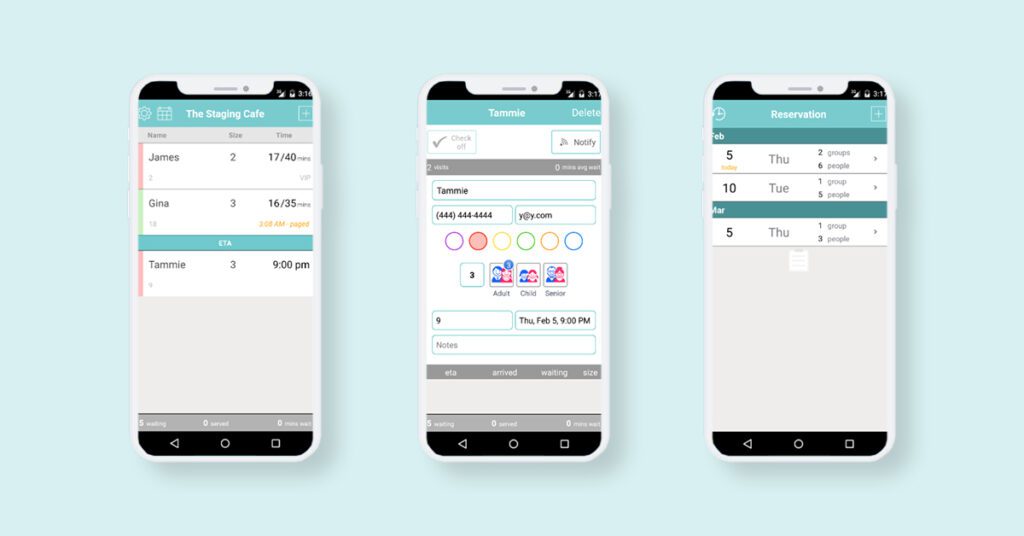What is CI/CD- Continuous Integration and Continuous Deployment Explained
Last Updated on: July 5, 2022

All the successful software companies out there have employed Continuous Integration and Continuous Deployment to deliver superior quality in the stipulated time. These days, customers are less tolerant towards downtime and bugs and at the same time expect quick fixes, making CI/CD a quintessential part of the software development process.
Building a successful CI/CD requires the right tools and automation strategy. In this blog, we will be covering all you need to know about the CI/CD pipeline.
Contents of the blog-
- What are CI and CD?
- What is Continuous Integration in DevOps?
- What is Continuous Deployment?
- Importance of CI/CD
- CI/CD- The Difference
- CI/CD Pipeline
Let’s dive straight into it:
What is CI and CD?

With CI/CD or continuous integration and continuous deployment, software delivery to the production department becomes a seamless process that’s loaded with safety, pace, and reliability. CI/CD combines certain principles, practices, as well as capabilities that allow all kinds of software changes so that users get a product that’s safe and easy to use.
CI/CD allows development teams to constantly include any kind of changes for IT and Operations teams to deliver under the right standards, confidence, and security that businesses require.
Let’s go through both CI and CD separately in brief.
What is Continuous Integration in DevOps?

When we talk about CI/CD, CI, or continuous integration is the first requisite to it as a whole. It’s an automated practice that involves the continuous integration of changes during software development within a shared repository. The appropriate CI processes allow the automation of designing, testing, as well as verifying the authenticity of source code.
From the developers’ perspective, code release cycles get accelerated, making those painfully long development cycles a thing of the past, including any kind of merging conflicts as well. The code integration happens after Git Push, a command that permits the uploading of local repository content to a local repository.
An automated process then builds the application inside a dedicated server. Then come multiple test sets to confirm if the newest code interaction blends properly or not.
The main purpose of CI is to create a ready package to deploy over a machine or server. CI allows automation of committing the code to the final package.
Indeed, it may not be wrong to say that CI is the first step to create top-quality code in your teams. There are many CI tools like Jenkins, GitHub, Selenium Webdriver, and more that make the process of initiating continuous integration easier.
What is Continuous Deployment?

Continuous deployment, or CD, in short, is a process through which changes of every possible kind, that include new features, bug fixes, experiments, and even new configurations are taken to production and then to the users in a very safe and secure way.
The high flexibility is achieved by ensuring that the written code is always in a deployable state, even if there is a huge number of developers making consistent updates regularly. CD is truly as promising as it seems on the outside. And why won’t it be? Changes get delivered in real-time, be it configuration changes, structural changes, or any other changes.
As far as CD responsibilities go, change management, evaluating and monitoring such changes, and making sure that changes don’t occur in the presence of any prevailing issues are all part of it.
Now, there can be a difference between organizations in how they make use of Continuous Deployment. While some can leverage a few attributes of continuous delivery to assist them with their responsibilities, many make use of their CD pipelines to create the right infrastructure and configuration through tools like Ansible, Chef, and Terraform.
In the case of CD, there’s an automatic deployment of changes, when you take into account the fact that the changes in code pass through all the tests and checks embedded within the CI/CD pipeline. On the contrary, the deployment frequency is in the control of organizations.
Importance of CI/CD
With CI/CD, enterprises are powered with the ability to deliver their software with increased pace and efficiency. It brings a highly effective process to the fore, where getting products to the market with enviable quickness becomes a reality. Moreover, consistent code delivery to production, and the constant addition of new features through the most effective delivery procedures.
The right DevOps engineer in London understands the power of leveraging CI and CD into meaningful translations for your company. Systango (DevOps Consultancy, London) is all about that!
How Systango Can Help You?
- We provide technical consultancy to startups, enterprises, hedge funds, and banks on how to leverage the power of technology.
- We offer an end-to-end development team for web and mobile development.
- You can hire on-demand tech resources for your development need.
CI/CD- The Difference
Continuous Integration involves the developers in checking and updating the finer details of the created code. Because there are quite a few steps involved, the entire process gets automated which allows the team to create, build, and test their applications in a highly reliable and frequent manner.
With CI, code changes can be implemented with ease, giving the developers enough time to update the changes and ensure better and much-improved software as a result.
Continuous Delivery, and the subsequent deployment, is where the completed code enjoys automated delivery to testing and development. CD is a proper and automated way so that the code is efficiently delivered to those ecosystems.
CD is the ultimate goal for all those companies that don’t prefer to be bound by any kind of requirements. If your organization also adheres to the same, then Systango (DevOps engineer in London) can assist you with the same.
CI/CD Pipeline

A CI/CD pipeline is responsible for automating the process of your software delivery. Within the pipeline, code development, code testing, and secure application deployment take place. The benefits of an automated pipeline are that it allows the elimination of manual errors, delivering feedback loops to development teams, and brings quick product updates.
Usually, a CI/CD pipeline run has three stages-
- Source
In major cases, the pipeline is triggered through a repository of the source code. When there’s a change in the code, the CI/CD tool receives an automatic notification, corresponding to the other pipeline. User-initiated or auto-scheduled workflows are among the other triggers.
- Building
This stage is where the source code is combined with the different dependencies to ‘build’ an executable iteration of the product that has enough potential to be shipped to the end-users.
If programs are written using languages like Java, C, or C++, there is a need to compile them, whereas programs built on Python, Ruby, and JavaScript don’t need this step per se.
- Testing
Automated tests are run in this phase to verify the code authenticity and product behavior. The testing stage is a safe avenue that prevents any type of bugs that may impact the end-user experience.
The testing phase can last from a few seconds to a few hours, depending on the kind of scale and complexity of a particular project.
- Deployment
When the final code instance becomes ready after passing through all the required tests, it is then deployed to production. Beta and staging environments are the two most common ecosystems used by product teams, and also are a real situation with the end-users as well.
What is CI/CD then? Hope that you have received your answers!
Make it Big with the Best DevOps Consultancy in London
Systango has a team of the best DevOps engineers in London with enough experience to understand your business requirements and fulfil them with the appropriate DevOps practices. With us, your savings from the best deployment and security practices get reduced by almost 50%.
How Systango Can Help You?
- We provide technical consultancy to startups, enterprises, hedge funds, and banks on how to leverage the power of technology.
- We offer an end-to-end development team for web and mobile development.
- You can hire on-demand tech resources for your development need.
Here’s an instance where Systango made positive results a reality with its DevOps expertise-
- Waitlist

Waitlist needed to convert their MVP into a comprehensive SaaS Queue Management Web App, while also giving new touches to their Android and iOS apps.
This was in the year 2012 and since then, Systango has been looking after their Google Cloud, iOS app, and a few other integrations too.
Choose Systango and provide your development and operations teams with the absolute best tools for enhanced productivity and efficiency.







